Rising Awareness of Workplace Safety
The Occupational Health Market is experiencing a notable increase in awareness regarding workplace safety. Organizations are increasingly recognizing the importance of maintaining a safe working environment to enhance employee well-being and productivity. This heightened awareness is driven by various factors, including the rising incidence of workplace injuries and illnesses. According to recent data, approximately 2.8 million nonfatal workplace injuries were reported in the United States alone in 2020. As a result, companies are investing more in occupational health programs, which is likely to propel the growth of the Occupational Health Market. Furthermore, the emphasis on safety training and preventive measures is becoming a standard practice, thereby fostering a culture of safety within organizations.
Emphasis on Mental Health Initiatives
The Occupational Health Market is witnessing a growing emphasis on mental health initiatives within organizations. As mental health issues become more prevalent, employers are increasingly prioritizing mental well-being as part of their occupational health strategies. Research indicates that mental health conditions cost employers approximately USD 193 billion annually in lost productivity. In response, many companies are implementing employee assistance programs and mental health resources to support their workforce. This shift towards mental health awareness is likely to contribute to the expansion of the Occupational Health Market, as organizations recognize the importance of fostering a supportive environment that addresses both physical and mental health.
Aging Workforce and Health Management Needs
The aging workforce is emerging as a critical driver for the Occupational Health Market. As the population ages, there is a growing need for tailored health management solutions that address the specific health challenges faced by older employees. Data suggests that by 2030, nearly 25% of the workforce in many regions will be over the age of 55. This demographic shift necessitates the development of occupational health programs that focus on chronic disease management, ergonomic assessments, and preventive care. Consequently, organizations are likely to invest more in occupational health services to accommodate the health needs of an aging workforce, thereby propelling the growth of the Occupational Health Market.
Regulatory Changes and Compliance Requirements
Regulatory changes and compliance requirements are significantly influencing the Occupational Health Market. Governments and regulatory bodies are continuously updating occupational health standards to ensure worker safety and health. For instance, the Occupational Safety and Health Administration (OSHA) in the United States has implemented stricter regulations regarding workplace safety protocols. These changes compel organizations to invest in compliance measures, training, and health programs to meet legal obligations. As a result, the demand for occupational health services is likely to increase, driving growth in the Occupational Health Market. Companies that proactively adapt to these regulations may gain a competitive advantage by demonstrating their commitment to employee health and safety.
Technological Advancements in Health Monitoring
Technological advancements are playing a pivotal role in shaping the Occupational Health Market. The integration of wearable devices and health monitoring applications is becoming increasingly prevalent in workplaces. These technologies enable real-time tracking of employee health metrics, such as heart rate, stress levels, and physical activity. A report indicates that the market for wearable health technology is projected to reach USD 60 billion by 2025. This trend not only enhances employee health management but also aids organizations in identifying potential health risks early on. Consequently, the adoption of such technologies is likely to drive the growth of the Occupational Health Market, as companies seek to leverage data-driven insights to improve workplace health outcomes.



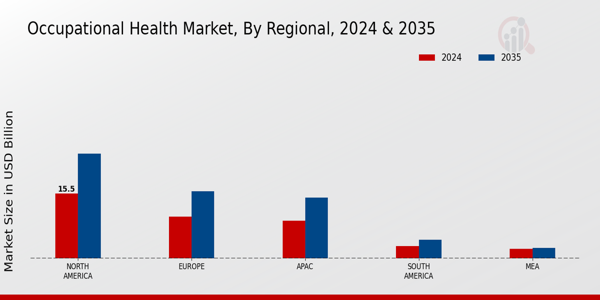
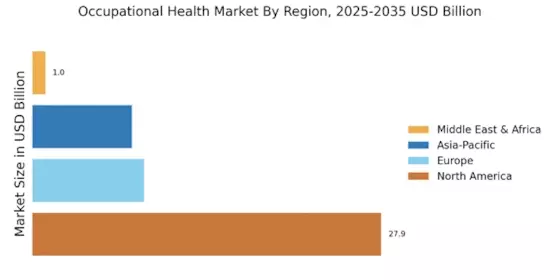
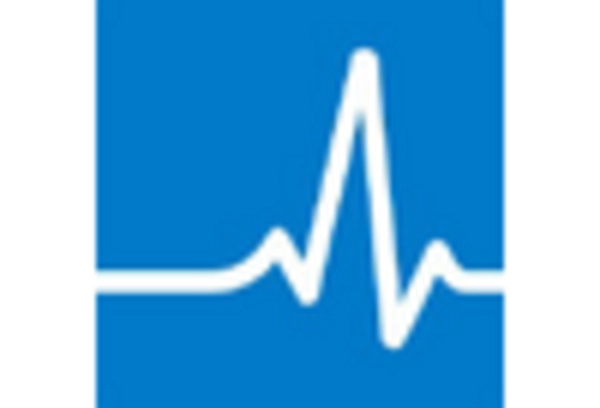
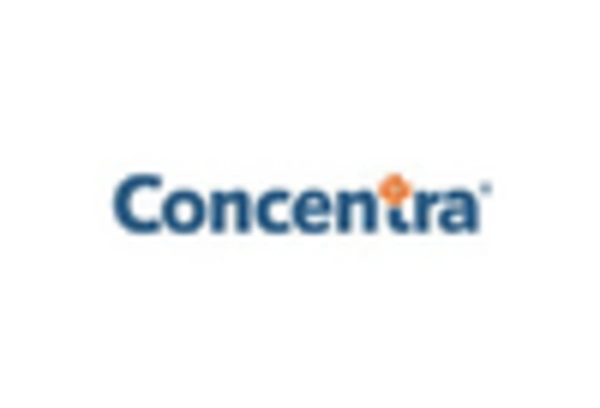

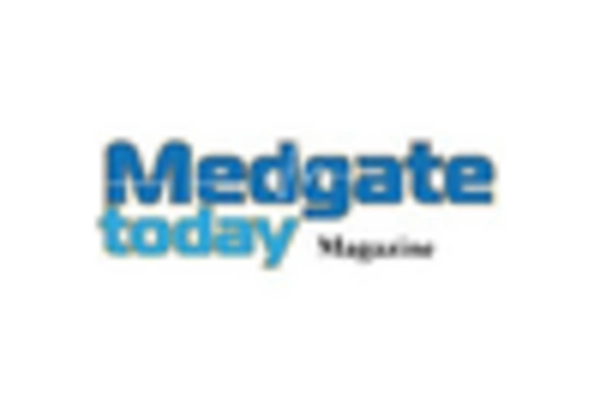










Leave a Comment